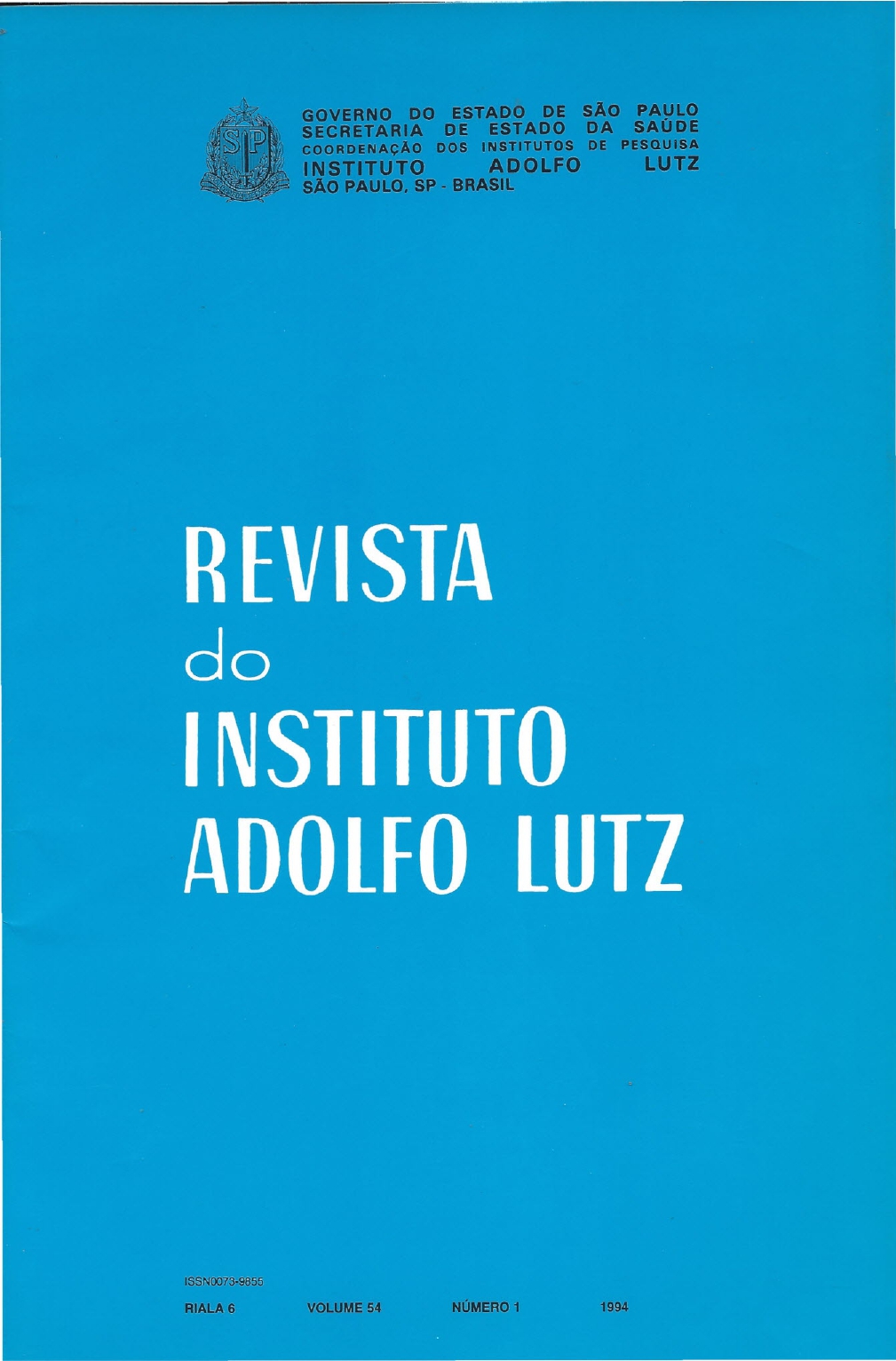Abstract
Interaction between the fatty acids of the sardine (Sardina pilchardus) oil and of the covering oil from canned sardines specilly elaborated with soybean oil, was studied for one year. Composition in fatty acids have been determined by gas-liquid chromatography, on a Carbowax 20 M fused silica capillary column. Just after the canning with soybean oil, it observed a lipidic interchange and predominance of the soybean oil fatty acids composition on the oil extracted from the sardines. In spite of the great variety of fatty acids presents in the oil from the fresh sardines (raw material), from C14:0 to C22:6, very small amounts of characteristics acids were found, such as C20:5 (eicosapentaenoic, EPA) and C22:6 (docosahexaenoic, DHA), in the oil extracted from sardines, one year after canning. At the close of that period, the fatty acids found in the greatest proportion, as in the covering oil as in the oil extracted from that fish, were C16:0 and C18:2, both characteristics of the soybean oil, and small contents of fatty acids of the sardine oil. EPA presented higher facility of migration than DHA, from the sardine oil to the covering oil. The experimental results showed, for the different products (fresh sardines and canned sardines in vegetable oil), a big difference on the ratio of the ômega-6 fatty acids, especially C18:2, and ômega-3, principally EPA and DHA, that is important of the nutritional point of view.
References
2. ANDRADE, M.O. de. - Fish overview in Brazil. Bol. SBCTA. 23 (3/4):169-78,1989.
3. BLIGH, E.G. & DYER, W.J. - A rapid method of total lipid extraction and purification. Can. J. Biochem. Physiol., 37(8):911-7, 1959.
4. CABRAL, A.C.D. & FERNANDES, M.H.C. – Aspectos gerais sobre a vida-de prateleira de produtos alimentícios. Bol. ITAL. 17 (4):371-439, out/ dez. 1980.
5. FORGERTY, A.C. Dietary fatty acids and blood lipids. Food. Res. Q., 49 (3/4):36 45,1989.
6. FOGERTY, A.C. & SVORONOS, D. -- Fatty acids in canned fish. CSIRO Food Res.Q .47:12-21,1987.
7. GARCIA-ARIAS, M.T.; CASTRILLON, A.M. & NAVARRO, M.P. - Modificaciones en la grasa del atun blanco (Thunnus alalunga) debidas a la fabricacion
y almacenamiento de su conserva. Grasas y Aceites, 42 (3):179-86, 1991.
8. HALE, M.B.& BROWN,T. -Fatty acids and lipid classes of three underutilized species and changes due to canning. Marine Fishers Review, 45 (4/6):45-8,1983.
9. HEARN, T.L.; SGOUTAS, S.A.; HEARN, J.A. & SGOUTAS, D.S. - Polynsaturated fatty acids and fat in fish flesh for selecting species for health benefits. J.Food Sci. 52 (5):1209-11,1987.
10. INSTITUTO ADOLFO LUTZ, São Paulo – Normas Analíticas do Instituto Adolfo Lutz. 3ª. ed. São Paulo. IAL, 1985, v,1.,p.245-66, 274-7.
11. MINAZZI-RODRIGUES, R.S. & PENTEADO, M. de V.C. - Importância dos óleos de peixe em nutrição e fisiologia humana. Cad. Nutr. 3:41-97, 1991.
12.PALLES, C.V.; HELLIN, L.C. & MIRANDA, M.P.G.- Contribucion al studio de la grasa se sardinas del mercado espanol y del aceite de cobertura de sus conservas. I Composicion en acidos graxos de la sardina em conserva. Anal. Bromatol. 35(2):263-85, 1983.
13.PALLES, C.V. HELLIN, L. C. & MIRANDA, M.P.G. - Contribucion al esttudio de la grasa de sardinas del mercado espanol y del aceite de cobertura
de sus conservas. II. Composicion en acidos grasos del aceite de cobertura. Anal. Bromatol., 36 (1):165-84, 1984.
14. POURCHET-CAMPOS M.A. - Os lipídios na alimentação: uma benção e um desafio. (Apresentado ao V Encontro Nacional de Analistas de Alimentos - ENAAL), Salvador, BA, 1989.
15. SILVA, S.M.C.S. - Efeito do processamento sobre ácidos graxos polinsaturados da fração lipidica de duas espécies de peixes. São Paulo, 1992, 135 p. Tese-Mestrado Faculdade de Ciências Farmacêuticas da USP.
16. STANSBY, M.E. & LEMON, J.M. - Quantitative determination of oil in fish flesh. Ind. Eng. Chem, 9 (7):341-3,1937.
17. SUGANO, M. & LEE, J.H. - Nutritional and physiological significance of lipids. J. Dispersion Sci. Technol., 10 (4/5): 643-65, 1989.
18. VITALI, A.A.; TEIXEIRA NETO, R.O.; JARDIM, D.C.P., GONÇALVES, J.R. & MORELLI, W.S. - Otimização do processo de esterilização de sardinha em óleo comestível enlatada. Bol. ITAL. 23(1):127- 40,jan/mar.1986.
19.WANG, Y.J.; MULLER, L.A.; PERREN, M. & ADDIS, P.B. - Omega-3 fatty acids in Lake Superior fish. J. Food Sci., 55 (1):71-3,76,1990.

This work is licensed under a Creative Commons Attribution 4.0 International License.
Copyright (c) 1994 Instituto Adolfo Lutz Journal
